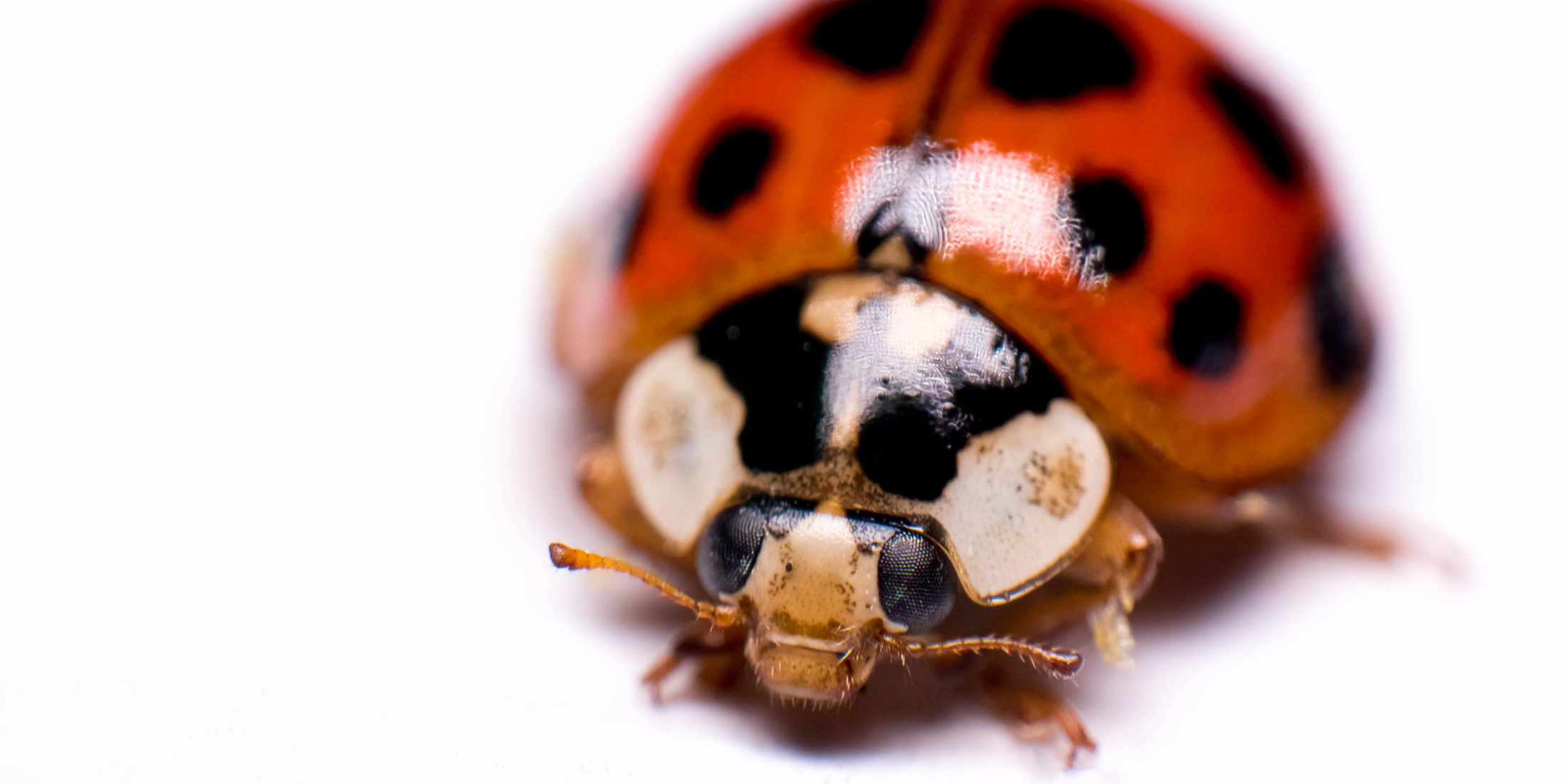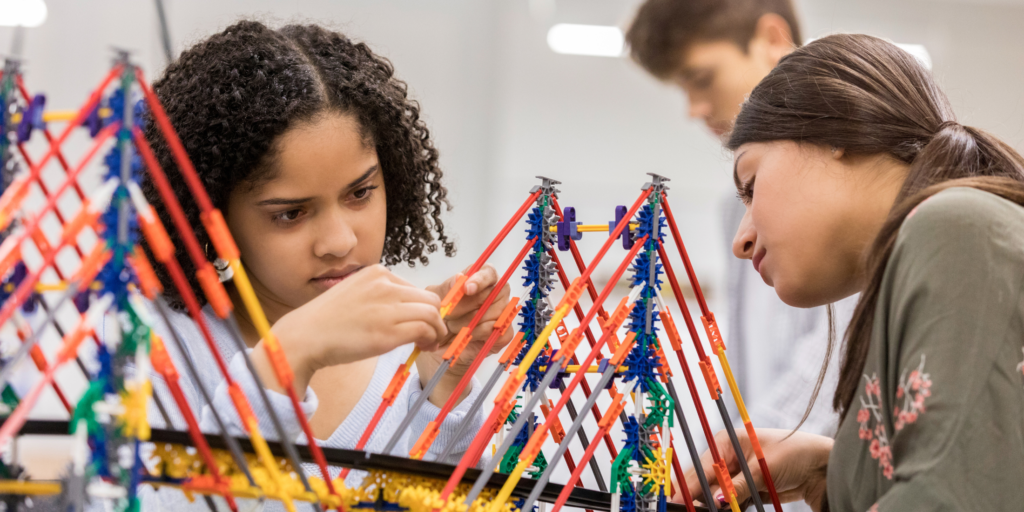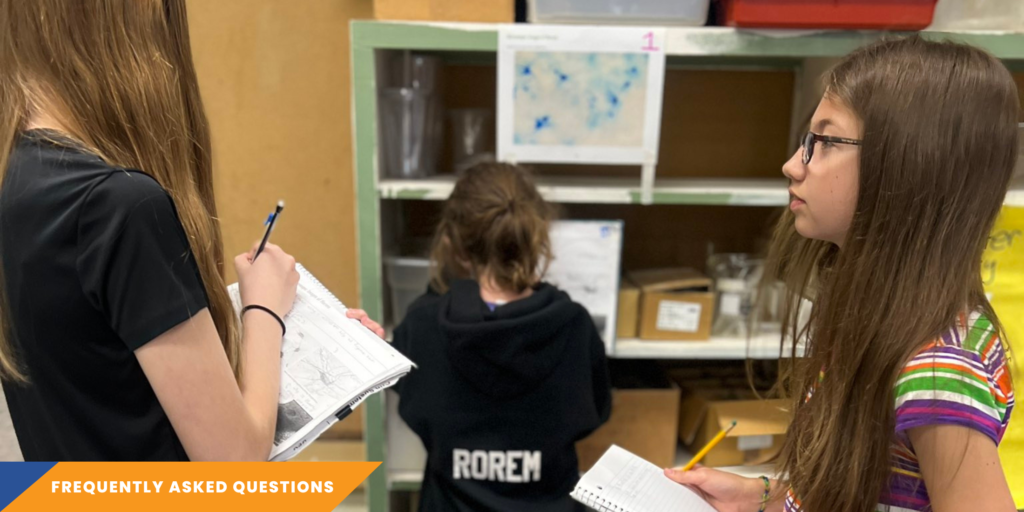6 Biology Teaching Resources to Engage Students: From Microscopic Life to Agriculture on the Moon!
6 Biology Teaching Resources to Engage Students: From Microscopic Life to Agriculture on the Moon!

In today's rapidly evolving science landscape, keeping students engaged and updated with the latest discoveries and industry demands for emerging skills is more crucial than ever.
In our recent blog post, "OpenSciEd Biology: Preparing Students for the Future," we explored how the world of biology is expanding into exciting new frontiers, from biotech and biomedicine to biomanufacturing and beyond. Fortunately, free and innovative resources can help teachers bring the latest biology research into classrooms, making science both engaging and accessible.
In this post, we spotlight six excellent biology teaching resources for K-12 educators. These tools, from educational videos to hands-on experiments, will deepen students’ understanding of biological concepts while fostering critical thinking.
Whether you want to enhance your lesson plans, provide interactive learning experiences, or inspire future careers in biology-driven industries, we've got you covered. These biology teaching resources complement the interdisciplinary, hands-on approach of curricula OpenSciEd, helping to prepare students for the bio-driven future we discussed in our previous post.
Biology Teaching Resources
1. Science News Explores (Middle-High School)
Science News Explores is a valuable science publication that brings cutting-edge scientific research across scientific disciplines to students in an accessible, engaging format. Recent articles include topics like bacteria in microwave ovens and how electricity powers brain and heart functions. Biology teachers can particularly benefit from subscribing to their biology-related newsletters.
- Health & Medicine Newsletter: Delivered every other Tuesday, this newsletter provides the latest discoveries in health and medicine. It's an excellent tool for keeping lessons current and relevant.
- Electricity Saved My Brain: A six-part newsletter series exploring depression, brain implants, and the sense of self. Led by neuroscientist Laura Sanders, this weekly series offers in-depth insights into neurobiology.
These newsletters offer excellent materials for lesson planning, foster critical thinking through science communication in students, and help teachers bridge textbook knowledge with ongoing scientific discoveries. [LEARN MORE]
2. Plant the Moon Challenge (High School)
We’re over the moon with this teaching resource! The Plant the Moon Challenge is a NASA-inspired, interdisciplinary science project that combines biology, environmental science, and space exploration. High school students design experiments to grow crops in simulated lunar soil, addressing real-world questions about sustainable food sources for future astronauts.
This 8-week global challenge runs in Spring 2025, with registration open from October to January. Teams (1-5 students with an adult coach) can register for $199, receiving digital materials on December 1st. [LEARN MORE]

3. Learn Genetics: Traits Activities (Elementary-Middle School)
The Learn Genetics Website, developed by the Genetic Science Learning Center, offers a rich collection of trait-related activities for Biology teachers. These engaging resources are categorized into Basic Trait Activities, Family Activities, and Hereditary and Health Activities.
Each activity includes comprehensive instructions, learning objectives, teacher preparation guides, and downloadable worksheets in both English and Spanish. [LEARN MORE]
4. Bozeman Biology Videos (Middle-High School)
Created by high school science teacher Paul Andersen, Bozeman Science offers a popular collection of free NGSS-aligned biology videos. These engaging and informative videos cover a wide range of topics, including cell biology, genetics, evolution, and ecology.
Using clear explanations, graphics, and animations, Bozeman Science helps students grasp complex biological concepts using clear explanations, graphics, and animations. This globally popular resource is an excellent supplement to classroom instruction or for independent study, making it a valuable tool for teachers and students. [LEARN MORE]
5. Neuroscience: The Learning Brain and BrainLink (K-12)
BioEd Online is a website that provides free resources for biology teachers covering a variety of topics, including biotechnology, genetics, and ecology. Their neuroscience page offers comprehensive neuroscience resources for K-12 Biology teachers.
Developed with support from the National Institutes of Health, these materials cover diverse topics, including brain structure, neurons, senses, learning, memory, and the effects of drugs on the brain. Resources include teacher guides, individual lessons, digital slides, and video presentations, available for various grade levels.
With content ranging from basic senses (K-1) to brain chemistry (6-12), these up-to-date materials help educators bring cutting-edge neuroscience into their classrooms. [LEARN MORE]
6. Introduce Students to Biotechnology Learning & Careers (K-12)
The InnovATEBIO Network connects K-12 schools with college programs to provide hands-on biotech experiences and prepare students for biotechnology careers. It offers teacher resources, workshops, and a podcast, and is funded by the NSF's Advanced Technology Education program. InnovATEBIO serves over 136 college programs and 118 K-12 schools. [LEARN MORE]
The Biotech Careers website offers insights into entry-level careers, career pathways, and biotech business areas, making it an excellent resource for high school students exploring biotech careers. [LEARN MORE]
These supplemental biology teaching resources complement the interdisciplinary, collaborative approach of NGSS-aligned curricula like OpenSciEd. We hope you find these resources useful for your classroom!
* * * * * *




